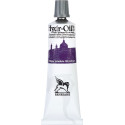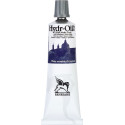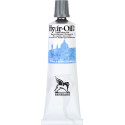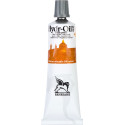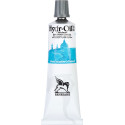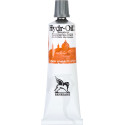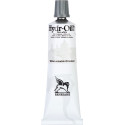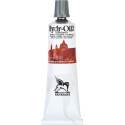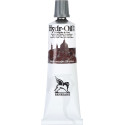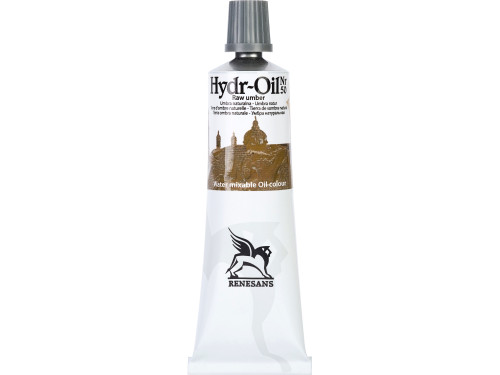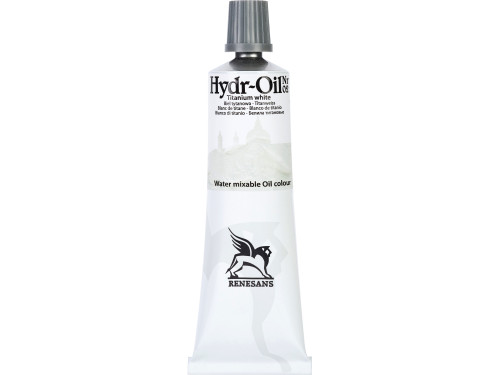Hydr-Oil water mixable oil paint - Renesans - 44, yellow ochre, 60 ml
-
22,50 zł
37,50 zł / 100 ml
Check availability
-
Sklep online
Quantity: 0
-
Warszawa - Varso
Chmielna 73
00-801 Warszawa
phone +48 22 299 19 16
mobile +48 534 588 345
[email protected]Quantity: -
Kraków
Pawia 34
31-154 Kraków
phone +48 12 313 25 80
mobile +48 536 588 438
[email protected]Quantity: -
Poznań
Plac Wolności 8
61-738 Poznań
phone +48 61 415 44 44
mobile +48 884 333 068
[email protected]Quantity: -
Wrocław
ul. Krupnicza 6/8
50-075 Wrocław
phone +48 71 729 40 54
mobile +48 884 333 216
[email protected]Quantity: -
Katowice
ul. Krzywa 12
(enterance from ul. Skłodowskiej‑Curie)
40-061 Katowice
phone +48 32 203 04 12
mobile +48 534 588 868
[email protected]Quantity: -
Warszawa
Plac Konesera 10A
03-736 Warszawa
phone +48 22 210 42 02
mobile +48 534 588 382
[email protected]Quantity: -
Gdańsk
Madison Shopping Mall
ul. Rajska 10
80-850 Gdańsk
phone +48 58 766 74 35
mobile +48 534 588 698
[email protected]Quantity:
The quantity of products listed is for reference only.
Renesans Hydr-Oil oil paints in 60 ml aluminum tubes dilutable with water!
The consistency and properties of Hydr-Oil are typical of oil paints, as they consist mainly of vegetable oils, which determine their physical and chromatic properties. Although these paints are water-soluble, they are authentic "oil paints," that is, they consist mainly of vegetable oils that determine their physical and chromatic properties.
The major benefits of the paints:
- a thick and viscous consistency that holds brush or spatula marks;
- intense and light-resistant colors (almost all opaque);
- excellent adhesion on all substrates, even if they are "greasy";
- flexibility and irreversibility of the color coating after complete drying;
- no volumetric shrinkage even in thick layers of applied paint.
Solubility in water
A distinctive feature of Hydr-Oil paints is that they are water soluble, thus avoiding the need for dilution with solvents previously used in oil painting (turpentine, turpentine oil, etc.), which often cause allergic problems or irritation to users. With these paints, tools are washed using only soapy water. The use of water as a solvent also eliminates the problem of unpleasant odor, which is very noticeable when working in closed and poorly ventilated areas. Another undeniable advantage is the low cost and availability of the "solvent", as all you need to do is open the tap.
Wide compatibility with other additives
The paints and auxiliaries for art painting produced to date can be divided into two, incompatible categories: oil-based (lipophilic) and water-based (hydrophilic). An important feature of Hydr-Oil paints is their compatibility with both categories: oil and water-based, as well as with related auxiliary products. This property gives the artist new means of expression, the opportunity to achieve previously unattainable effects and to use materials of a different nature. The examples presented here represent only some of the possible applications of the new paints; there are many others that artists can explore and experiment with.
Additive products
Hydr-Oil paints can be mixed with all traditional oil-based auxiliaries, which, however, when added in large quantities, will reduce or preclude solubility in water. For this reason, special excipients, also water-soluble, have been developed to eliminate this problem. Hydr-Oil inks are compatible with a wide range of auxiliary materials. We also recommend dedicated media for Hydr-Oil paints such as linseed oils, impasto and painting media.
Drying process
Drying of these paints occurs, as with traditional oil paints, by oxidation of some of the bonds contained in the molecular chains. These linear chains slowly bind to each other through absorbed oxygen, forming a three-dimensional and therefore solid structure with high reflective power in light, thus giving a bright and intense color appearance, typical of oil paints.
It is important to remember that even if the colors are dry to the touch (drying time varies from one to six days depending on the thickness and type of substrate), it is necessary to wait a minimum of one or two months before any final varnishing.
COLOR: yellow ochre 44
CAPACITY: 60 ml
PACKAGE: 1 pc.
REFERENCE: REN-RENHYDRO_44
EAN: 5900310051370
COMPANY: Renesans















